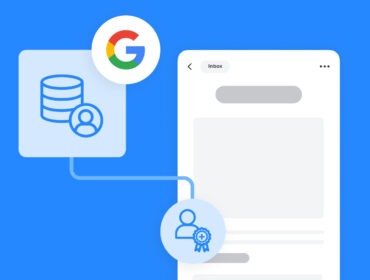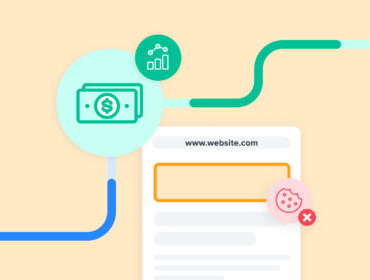Only Identity and the Hashed Email Can Bring Ad-Tech and Mar-Tech Together
The Chaos During Digital’s Formative Year Offers Lessons for Mar-tech v. Ad-tech
In a previous life, my former company Datran purchased Skylist, an Email Service Provider, and the email compliance software Unsubcentral in 2006. We did so because we were having loads of trouble trying to integrate our personalization engine with Email Service Providers. We kept crashing every service we integrated with. It turns out that a system built to send a few thousand campaigns to pre-defined lists is not well-suited to send tens of millions of triggered individualized campaigns.
Not only is the technology ill-equipped, but the User Interface is equally ill -adapted. Back in 2006, we were unaware we were actually making many of the same demands of Email Service Providers that Mar-tech and Marketing Automation now require. To be clear, by no means am I saying I had anything to do with inventing Mar-tech, but I was trying to solve a similar problem: How do you send personalized messages at scale from a platform designed for rules, lists, and a handful of campaigns?
We were looking to the the past to decision the future, not rules. Using the past as the guide to the future is the core of AI/machine-learning. Looking to the past meant doing away with many of the rules of Mar-tech and ESPs in favor of predictive models that use data in nearly real-time to optimize every single decision. What we learned the hard way was it would have been a lot easier to start over with a technology built for impression by impression optimization rather than trying to incorporate an acquired company’s core assets.
What CAN-SPAM and Being Flexible Taught the Industry About Cross-Device
Additionally, we were surprised by how hard it was to change behavior and explain the benefits to our customers. They had grown content with A/B testing and list and rules-based marketing. It is my belief that many Mar-tech companies are learning this very same lesson the hard way as they try to retrofit their platforms in order to modernize and unlock the vast troves of first-party data that makes machine-learning and AI so much more powerful and flexible than rules-based software. It is my opinion that many of the Mar-tech acquisitions that are being made today are misguided for this reason. The tech from most Mar-tech is at the end of its usable lifespan and the buyers are saddling themselves with a much harder project than starting from scratch. Why? Simple: customers and revenue need to be maintained. Anyone who has ever tried to innovate on top of a real business, one with customers and revenue, knows it is significantly more difficult to integrate than to start from scratch. These integrations of shoddy tech often ends in disaster. This has been the reason so many acquisitions fail to ever achieve their potential. Changing behavior is really hard.
But even with these hiccups, the industry fell into a discovery: Email needed a solution for CAN-SPAM 20 years ago, and that answer was the hashed email address. Our Unsubcentral acquisition made it possible to manage CAN-SPAM compliance cross-device by leveraging the power of the email hash. Email went cross-device first, which is why a cross-device solution was required for CAN-SPAM. We, and others, stumbled upon this truth in the early days of digital, whether serendipitously or intentionally: the hashed email address is the answer to making ad-serving and marketing work cross device. We didn’t set out to seek this solution, it just happened upon the industry. This is yet another example of how our industry needs to use the past as a guide to the future. And another sign pointing to the power of the hashed email address to be the secret weapon to take on the cross-device conundrum that plagues People-Based Marketing


